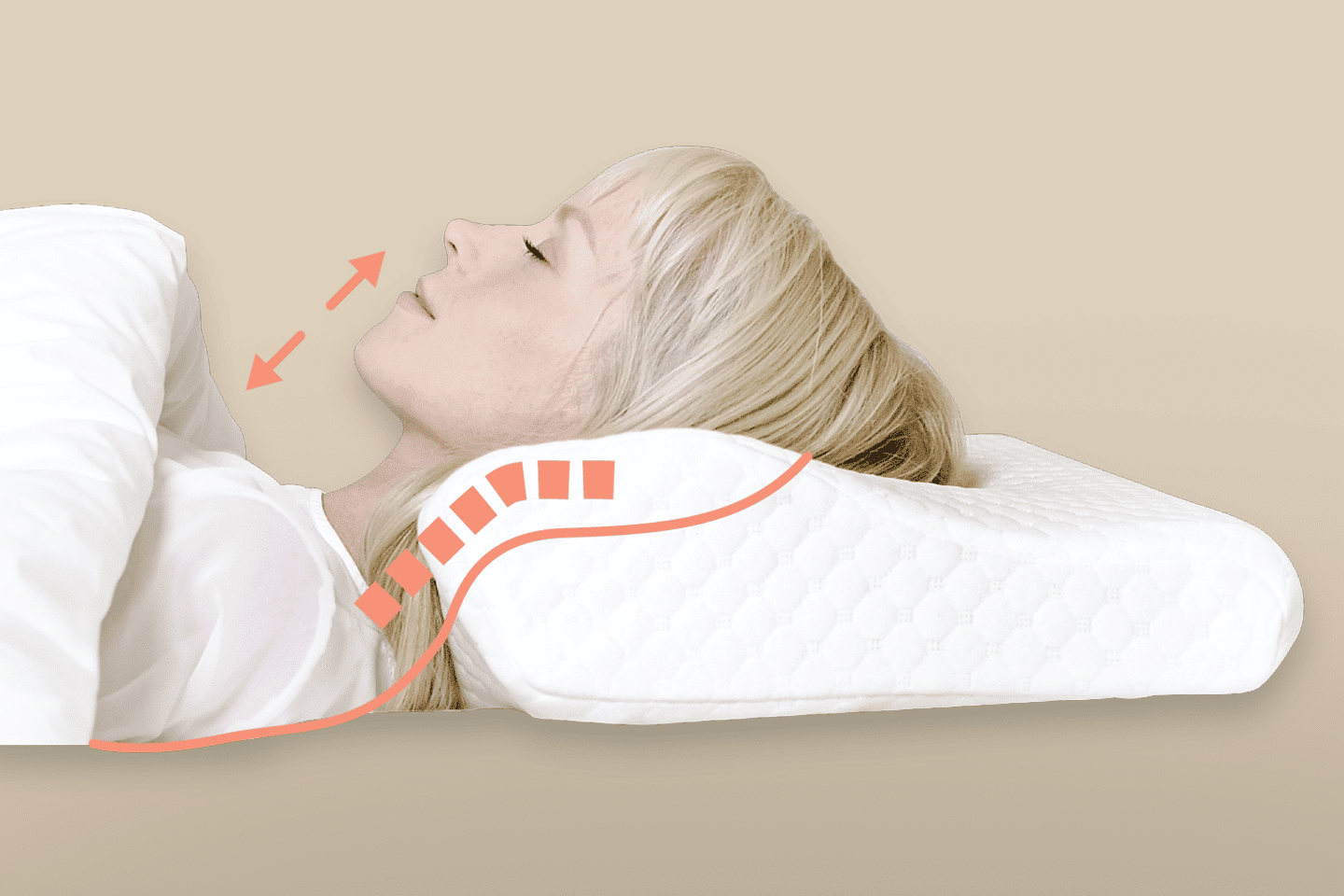When it comes to achieving a restorative night’s sleep, your choice of pillow plays a pivotal role. Among the many bedding options available, down pillows have garnered significant attention, particularly for their purported benefits in alleviating neck pain. But are they truly a panacea for discomfort? Let’s dive into the nuances of down pillows, their construction, benefits, and how they compare to other types of pillows in relation to neck pain relief.
Understanding neck pain begins with recognizing its common causes, which can range from poor sleep posture to injuries, stress, or even degenerative conditions. The spine’s alignment and support during sleep are crucial factors in either exacerbating or alleviating discomfort. This is where a good pillow comes into play.
Down pillows are filled with the soft, fluffy undercoating found beneath the feathers of ducks or geese. Their luxurious texture offers a plush sleeping surface that many find incredibly comfortable. This, in turn, raises the question: do they offer adequate support for the neck? Let’s explore.
The Allure of Down Pillows
One of the primary reasons for the popularity of down pillows is their exceptional softness, often described as cloud-like. For those who prefer a gentle cradle for their head and neck, down pillows are enticing. However, the softness can be a double-edged sword. While it can enhance comfort, it may also lead to insufficient support, particularly for those who need a firmer foundation.
Another significant benefit of down pillows is their adaptability. They can be molded to fit the contour of your head and neck, which can be advantageous for achieving a personalized level of comfort. This flexibility is essential for different sleeping positions—whether you’re a side sleeper or a back sleeper, down pillows can often be adjusted to complement your posture.
Support vs. Comfort: The Balancing Act
Despite their plush appeal, the question of whether down pillows provide the necessary support for neck pain remains. The ideal pillow should maintain the natural curvature of the cervical spine while offering sufficient elevation for the head. For many, a down pillow may lack the density required to keep the spine aligned, particularly for side sleepers who may require a taller pillow to fill the gap between the shoulder and head.
Moreover, the loft of a down pillow can flatten over time. This can further compromise support, making it critical for users to periodically assess their pillow’s condition. Regular fluffing can help, but consistent flattening can indicate it’s time for a replacement or upgrade.
Comparative Analysis: Down vs. Other Pillow Types
In the competitive world of bedding, down pillows are not the sole contenders for neck pain relief. Memory foam and latex pillows have surged in popularity due to their firm support and ability to provide contouring that complements the neck’s natural curvature. Unlike down pillows, these options tend to retain their shape longer, which can be advantageous for consistent support.
Memory foam pillows, particularly those with a contoured design, are engineered to cradle the head and neck while distributing weight evenly. This supportive design can alleviate pressure points and reduce the likelihood of waking up with neck pain. On the other hand, latex pillows are notable for their resilience and bounce-back property, providing a balance of firmness and comfort that down pillows may lack.
So, which is superior? The answer largely hinges on individual preferences and sleeping positions. For back sleepers, a down pillow can provide the comfort they crave, while a firmer option might be more beneficial for side sleepers. It’s a classic case of “to each their own,” necessitating a personal assessment of comfort versus support.
Care and Maintenance: Ensuring Longevity
Proper care for down pillows can extend their lifespan and maintain their supportive capabilities. Regular cleaning and fluffing can help preserve the down’s loftiness. However, it is important to follow the manufacturer’s guidelines—many down pillows are machine washable, while others require professional cleaning. Always check care instructions to avoid damaging the fill.
Additionally, storing down pillows in a breathable cover or case can protect them from dust and allergens. If you suffer from allergies, consider hypoallergenic down options that can minimize exposure to common irritants associated with natural fills.
Conclusion: A Personal Choice
Ultimately, down pillows can be an excellent choice for some individuals seeking softness and comfort. However, for those experiencing chronic neck pain, it is crucial to weigh their benefits against the need for adequate support. Experimenting with different types of pillows, including memory foam and latex, may uncover the perfect solution for your personal comfort and health needs.
As we spend approximately one-third of our lives sleeping, investing in the right pillow is a worthwhile decision. Understanding your individual preferences and body mechanics can guide you toward a pillow that not only enhances sleep quality but also fosters neck health, turning pillow talk into refined serenity.
